
Ever since experiencing the immersive gateway drug of Sleep No More in New York, the search for that same rush of discovery has taken me through many flavors of immersive theatre on the West Coast. When I discovered the immersive scene in Los Angeles, the Speakeasy Society already had a reputation for ambitious, exciting, work in the immersive medium, but I was too late to the party to experience their flagship works: The Johnny Cycle Part 1: The Quick and the Dead and Part 2: The Shell.
While I waited for the conclusion to The Johnny Cycle to appear, the Speakeasy Society’s The Kansas Collection provided a glimpse into their ability to create intimate experiences with few resources. Chapters 1–3 (The Key, The Axe, and The Door) have cultivated an enthusiastic fan base, and rightly so. The Kansas Collection presents a high concept world with a powerful sense of immersion on a scale accessible to newcomers and veterans alike.
However, the short nature of each chapter does pull you out of the world just as you’re ready to leap down the rabbit hole. It is an understandable limitation considering the resources at play, but the Kansas experience has had me pining for a full length production by the Speakeasy Society.
Enter The Johnny Cycle: Part III — The Living. The approximately 2-hour conclusion to the Speakeasy Society’s three-part adaptation of Dalton Trumbo’s Johnny Got His Gun.
I’ll admit, despite my enthusiasm for the Speakeasy Society’s previous work, I attended Johnny with a few concerns. In the world of cinema, I consider it blasphemy to watch a sequel before the original chapter of a series. I once gave a friend the stink eye for knocking The Dark Knight without any knowledge of Batman Begins (she seriously thought it was a sequel to Batman Forever).
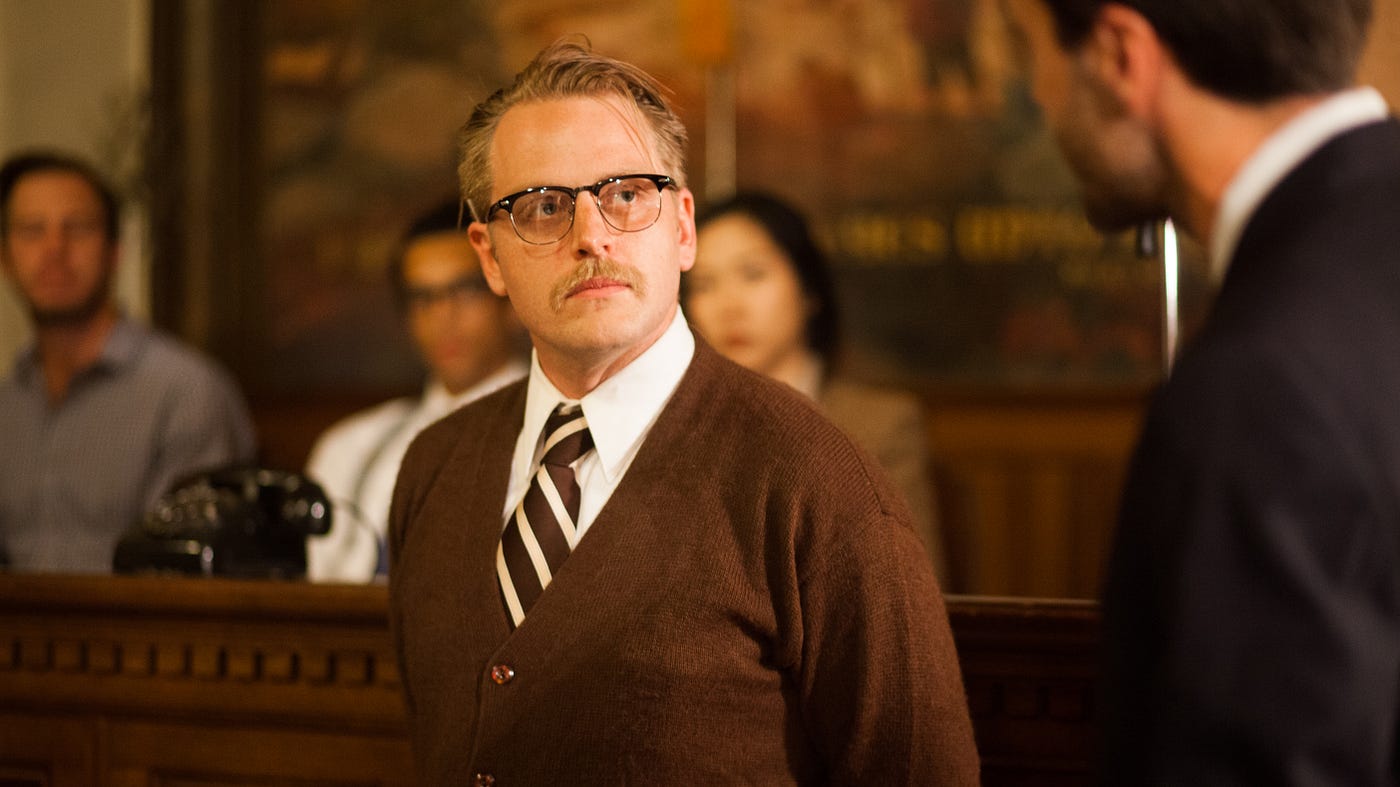
Not only had I missed Parts 1 and 2 of The Johnny Cycle, I had no knowledge of Johnny Got His Gun beyond a cursory Wikipedia glance. I was familiar with Dalton Trumbo, one of the Hollywood Ten, who stood up to the House Un-American Activities Committee during the decidedly un-American anti-communist witch hunt.
Would I miss something? Would I engage with the material fully without the prior chapters? The advertising materials for Johnny attempted to assuage these concerns: “Note that while this performance concludes a three year investigation of the text, it exists as a standalone piece, and newcomers are encouraged!”
I’m happy to confirm that Johnny: The Living holds up very well as a standalone piece, although I have to believe that experiencing Parts 1 and 2 beforehand would bring a deeper level of engagement, and better understanding of the text. This did not have a negative impact on my experience though.
The Speakeasy Society does attempt to fill in the blanks with a well produced audio prologue received via email. The narrator will put you into Johnny’s mind and recap the experience leading up to The Living with sound design akin to a radio play or top tier audiobook. Audience members without prior knowledge of Johnny Got His Gun should get a sense of the basics:
-You are Johnny, a character created by Dalton Trumbo.
-You lost your arms, legs, eyes, and face in World War I (though I cannot remember if the specific War was addressed in the prologue).
-You cannot communicate with the outside world, trapped and lost in your own memories.
The email that accompanies the audio recording suggests listening to it on the drive over, but if you are easily affected by sound, I would recommend listening to it before you get in a car. The piece has beautiful moments, but one particularly effective sound, completely fitting to the story, was so jarring that I had to pull over and let the piece finish before I could drive undistracted.
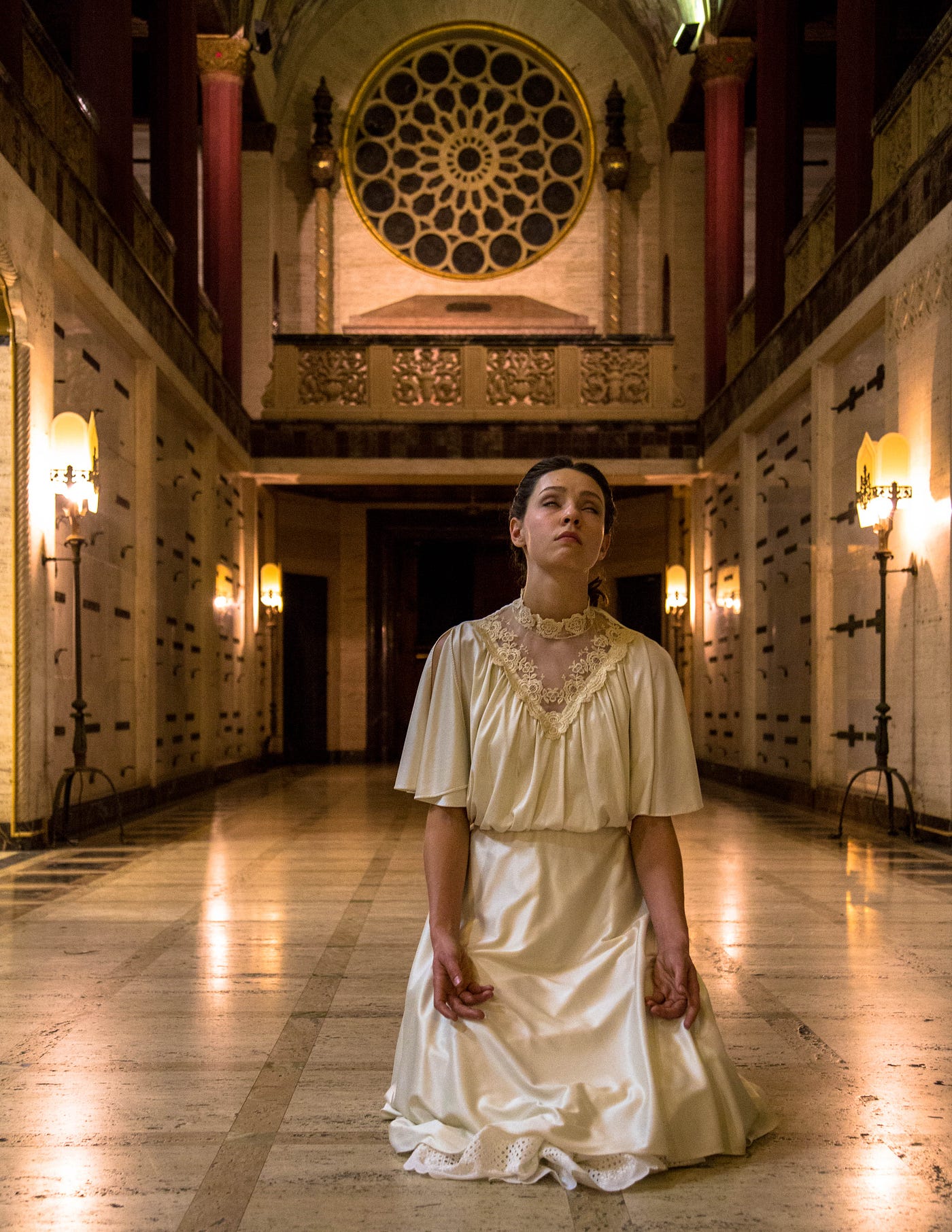
Stories about war rarely end with a joyful ride off into the sunset. When you arrive at the Mountain View Mausoleum in Altadena, California, you can sense the tone Johnny: The Living will take. The stacked slabs of stone, filled with the extinguished lives of the past, do a lot of heavy lifting to draw you into a space that has emotional and cosmic importance. The music emanating from the courtyard — Guy Lombardo’s recording of “We Just Couldn’t Say Goodbye” when I walked through the arches — pulled me in the rest of the way, creating a haunting atmosphere similar to the lobby of Disney’s Hollywood Tower of Terror.
Each immersive experience has its own method for easing the audience into the level of engagement required, but sometimes a production leaves out the important step of teaching us the rules of the world. In such cases, the audience can eventually catch on through blunt force immersion, but I find it much less jarring when our first contact with the experience is used as a “training moment”. This is doubly important for newcomers to the medium.
Get Doron Kipper’s stories in your inbox
Join Medium for free to get updates from this writer.
SubscribeSubscribe
I don’t want to spoil it, but the Speakeasy Society utilizes a tried and true method, familiar to theme park fans, to invite the audience into Johnny’s world. Even though this method has been around for decades, they make it feel fresh. Not only is it an unexpected start to this journey, it will allow you to cross a threshold from our world into Johnny’s with an electric, hilarious at times, scene that showcases a controlled chaos from a cast well-rehearsed. By the time you step into Johnny’s mind, you know you are in good hands. This is a master class in audience immersion.
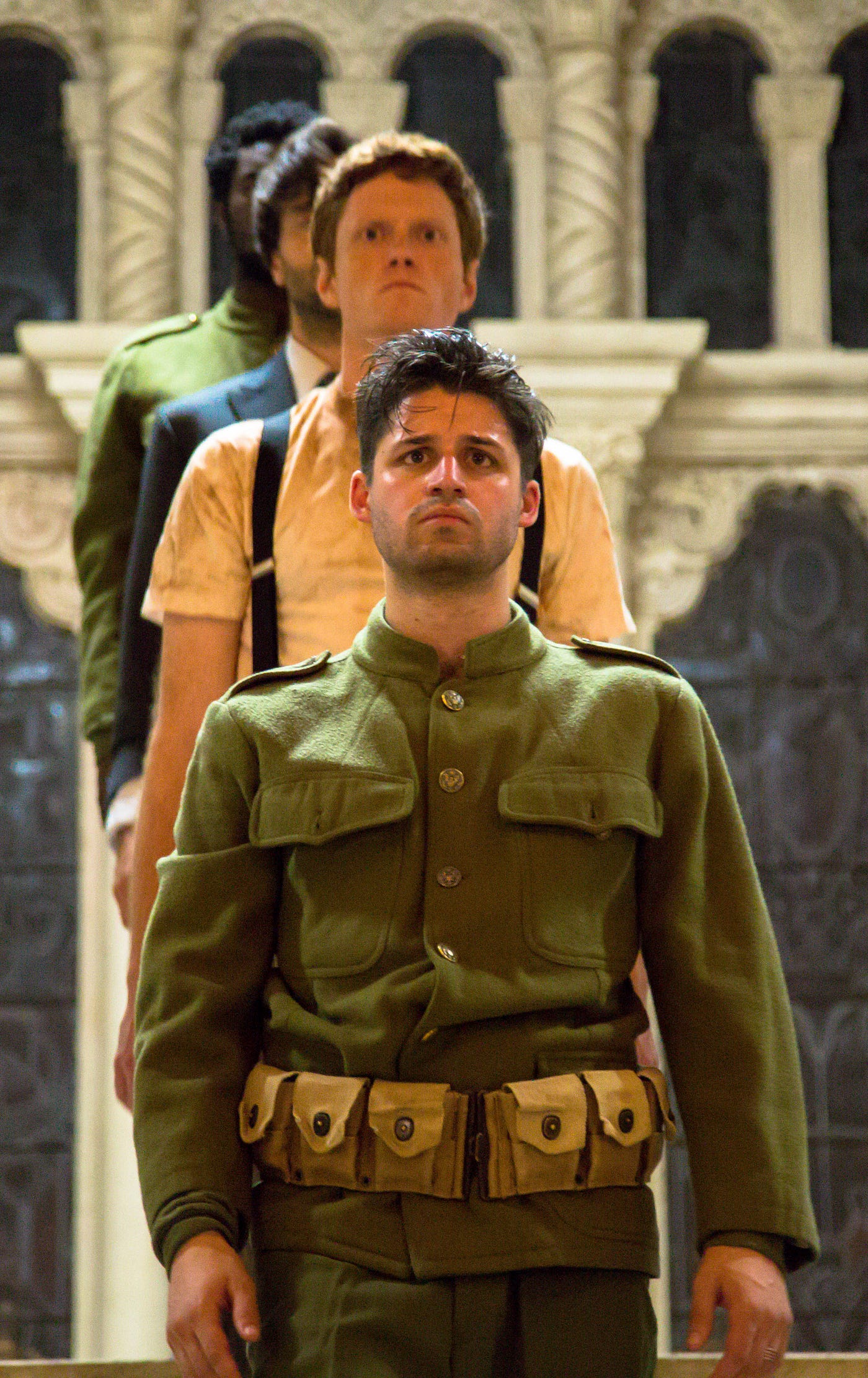
The nearly two score members of the audience experiences this introduction together, but soon after we were split up into randomized groups to follow certain characters on different tracks. This method of sorting almost guarantees that groups that come together will be split up, but that can be a huge asset in this kind of production. I experienced a single track, composed of scenes specific to my group and larger scenes shared by all (the audience is regrouped and resorted several times). The other tracks had a unique experience as well, and having a friend in an alternate track could help you piece together the entire picture after. Johnny: The Living is the kind of production that benefits from multiple viewings. You would have to play some extremely long odds to experience the exact same track twice.
As I followed my group to the first intimate scene on our track, the enormous scale of this production began to hit me. On the way to a small room, we walked through the echoing halls of the mausoleum. Hundreds of stacked regal crypts line the walls in a space so expansive you could easily get lost in the dark.
In the past, I’ve felt uncomfortable about events or performances in cemeteries because the morbid enthusiasm can often come off as disrespect for the dead. I have no such issue with Johnny: The Living. In fact, I cannot think of a more appropriate place to stage an experience that honors the lives of the dead, and their value within the whole of existence. This is no romp in a graveyard.
Except for a few scenes, each member of the audience shares the identity of Johnny. If this were a first person POV alternate reality experience, it could break immersion to realize that you’re not the only you in the room. In Johnny: The Living, this is not the only flourish from the language of theatre injected into the experience.
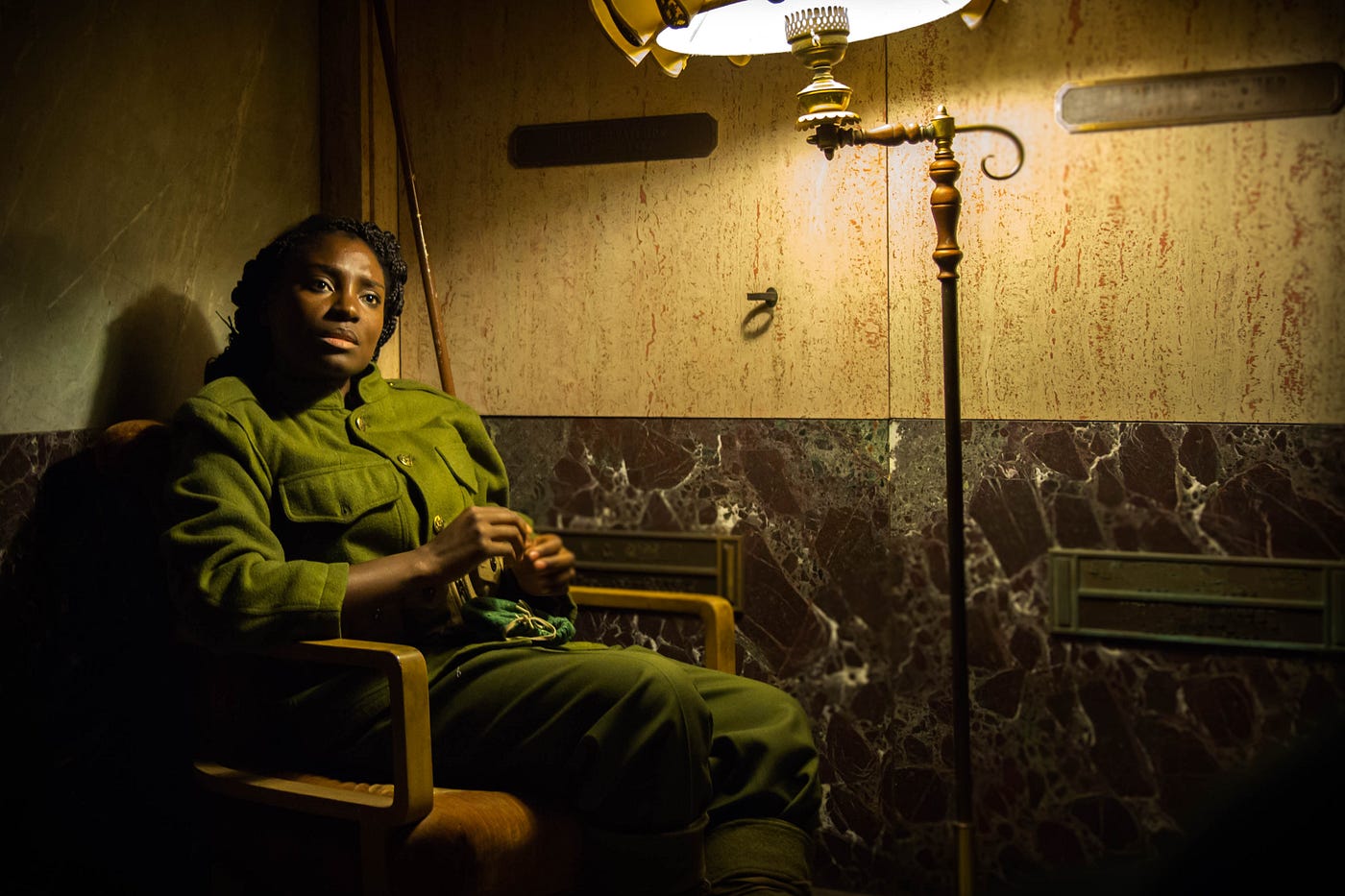
When I speak of theatrical flourishes, I mean those moments when a character on-stage can step into his/her own mind for a protracted moment to process thoughts or memories. Those moments where an audience suspends disbelief as the framework of imagination pulls as much weight as the sets and lights do. These kinds of flourishes only work in cinema when it is clear we’re experiencing an imaginary sequence in the mind of a character, or a break from reality (excluding meta-narratives such as Joe Wright’s Anna Karenina and anything that pops out of Charlie Kaufman’s brain). On stage, they’re often expected. In immersive work, they can be intrusive if used without regard for the audience experience. I’ve felt this happen on multiple occasions with other productions.
Johnny: The Living utilizes many theatrical flourishes, both in the way performers drift in and out of certain states, and in the structure of the text. You could never mistake this experience for real life, but you could mistake it for a dream you once had. This is where the format succeeds. You are experiencing Johnny’s memories, while also interacting with Trumbo, his family, and other mythic figures in the confines of the mind. The Speakeasy Society walks the line perfectly, indulging in theatrical text and technique without making you feel removed from the scenes.
In fact, you will feel very involved in some scenes. Within my track, I was given several opportunities to take a position or make a choice that had moral weight. You might guess from the subject matter that Trumbo’s history with the House Un-American Activities Committee presents Johnny: The Living with some politically charged and currently relevant moments. If you’re feeling helpless in today’s climate, you might find some temporary catharsis in these halls through a few small, but impactful, gestures.
I’ve been so concerned with describing the structure and technique in Johnny, that I’m seriously neglecting the incredible team that brings it to life. The cast brings a naturalism that would hold up under the scrutiny of a close-up shot on film. Acting for the balcony has brought down some otherwise well-formed immersive productions, and every character I encountered used choice moments of eye-contact and interaction to ground Johnny: The Living in a tangible world. This includes a very clever one-on-one that fostered a personal connection without using a single word and minimal touch. That they keep this up while also shepherding the audience through a labyrinthian map of tracks through the mausoleum is nothing short of impressive. This cast will be a who’s who of immersive performers in the coming years.
It could be easy to miss the invisible hands of the creative team of the Speakeasy Society, because they’re…well…invisible. The gargantuan effort behind this production can’t be overstated. From what must amount to a heavy script, to the care infused in each scene, to the delicate sound design that echoes through the halls. This team creates a blockbuster experience with what I can only guess is a fraction of the Sleep No More budget.
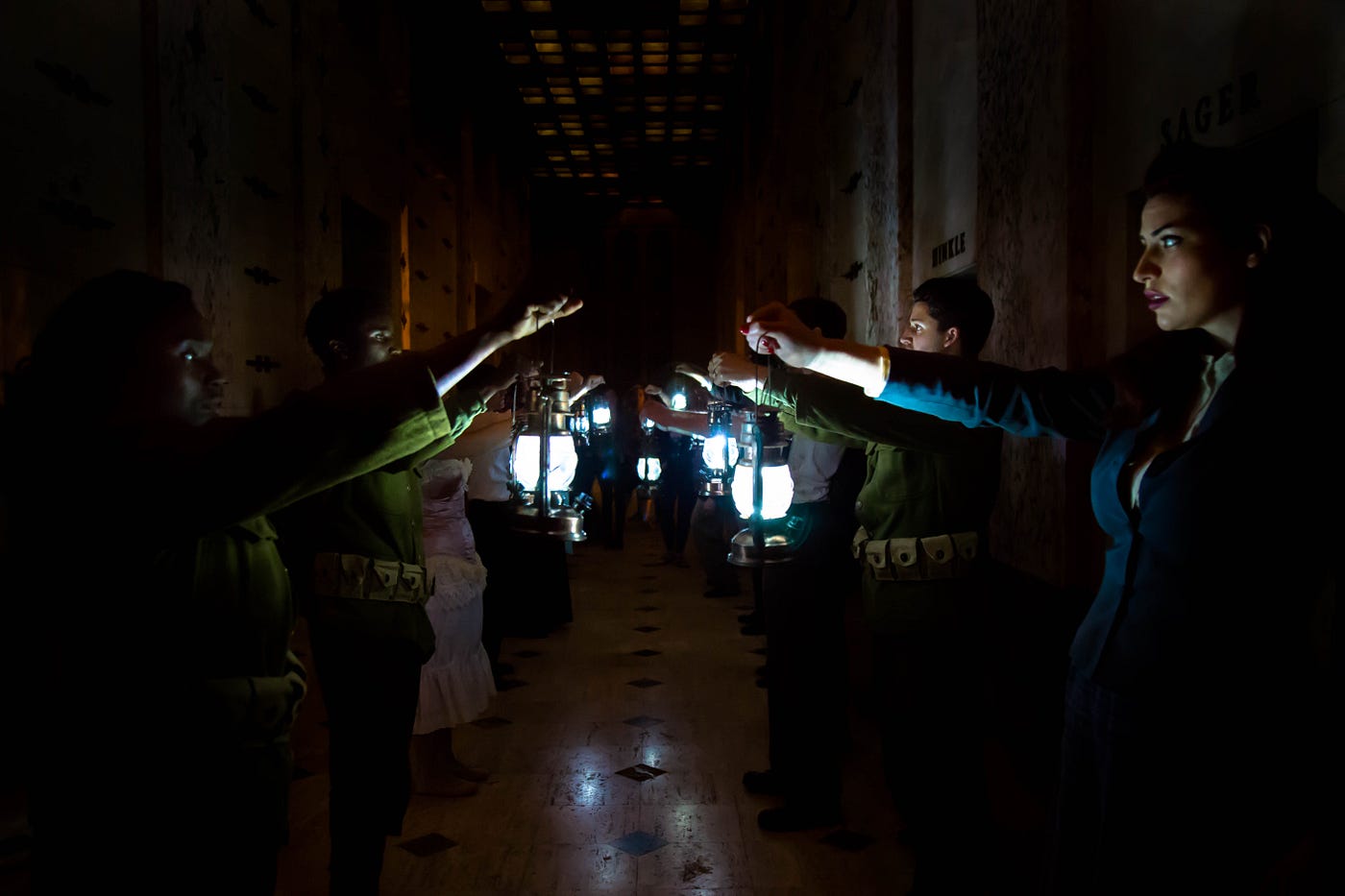
Only a few aspects threatened my immersion. As we explored the darker parts of the mausoleum, our way was lit with LED powered kerosene style lanterns. The lantern light added a complimentary eerie glow, but the LEDS were so bright that they could be painful to look at directly, and served as a reminder that they were powered by modern tech.
In one scene, our small group followed a character into a large chamber, where other groups converged for a key ensemble moment. Up to this point, we had been conditioned to follow specific characters, resulting in a few of our group (including me) not realizing that we were free to explore the space, and listen to other characters. We stayed with our leader to listen to his whispered monologue, but by the time we noticed groups breaking off from their leader characters, there was only enough time to listen to one or two more whispers.

In the same scene, a moment required audience participation to move forward, and the audience members who possessed the needed prop were so entranced by the scene that they didn’t realize it was their turn to speak up. I would write this off as user error, but there was a palpable awkwardness as the cast member pleaded (in character) for someone to speak up. Sometimes spelling it out for the audience is not enough, and plowing forward is the only way. Even with a few awkward moments, this was one of the most memorable, beautiful, scenes of the piece.
Again, I have to mention the location. The beauty and scale of the mausoleum is astounding.
In such a large space, the acoustics might become a problem, but they complement the experience here in ways that often elevate a single line to a moment of great power. That you can hear echoes of other scenes floating through you only supports the fluidity of memory.
Walking through a real mausoleum, surrounded by real lives that once were, it is impossible to ignore the themes at work in Johnny. This location is a master stroke, and from what I hear, it is very unlikely Johnny will ever walk its halls again. As fleeting as a human life, this run (possibly the only) of Johnny: The Living is a singular experience not to be missed.
Johnny: The Living plays at the Mountain View Mausoleum in Alta Dena through May 27th. Tickets are $65.


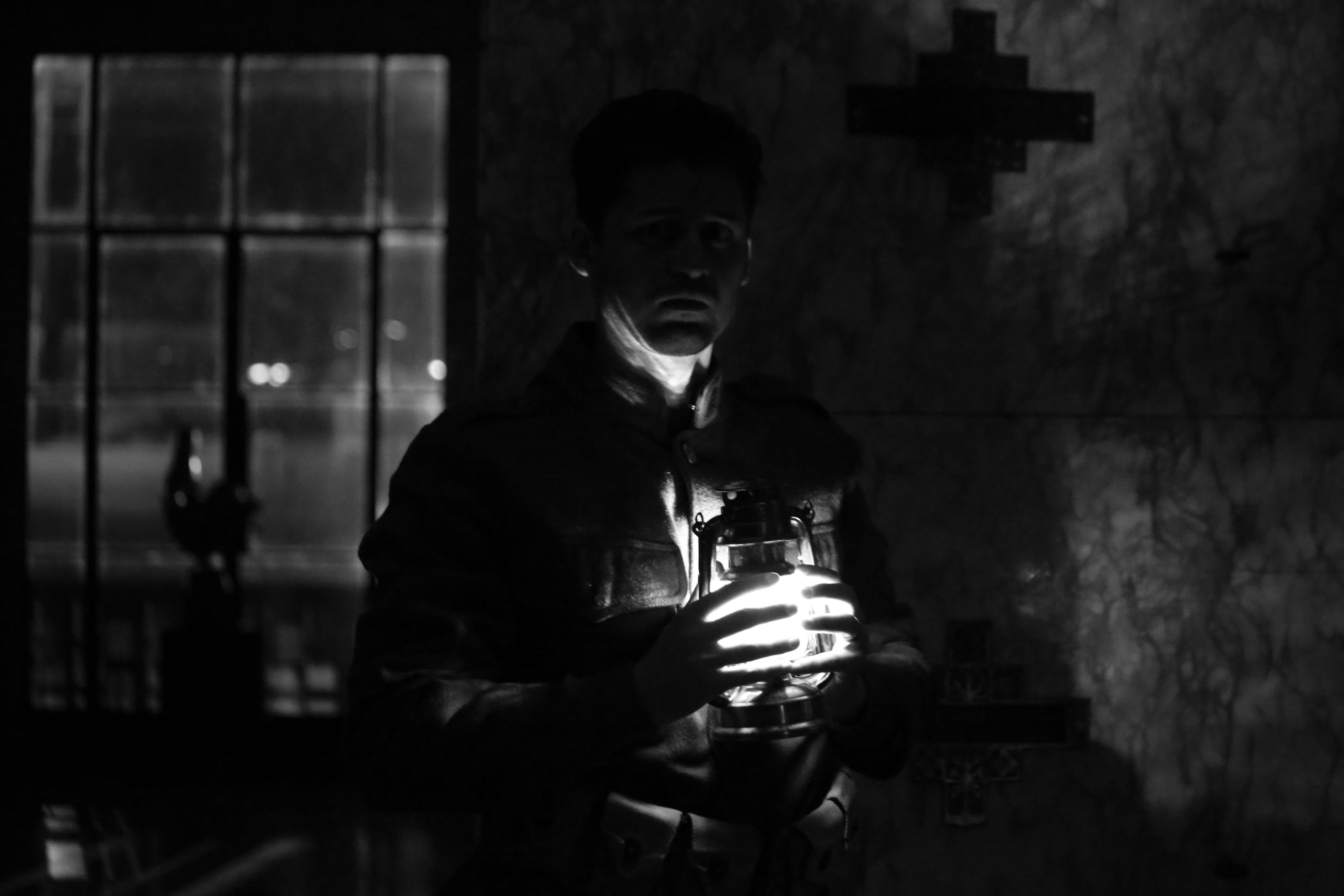

















Discussion